In today’s digital age, it’s key for businesses of all sizes to handle documents efficiently. That’s where a Document Management System (DMS) comes in. But why stick with a plain ol’ DMS when you can tap into the awesomeness of an open source solution? In this piece, let’s dig into the perks and features of an open source DMS and see why it’s the way to go!
Mục lục
Definition of a Document Management System (DMS)
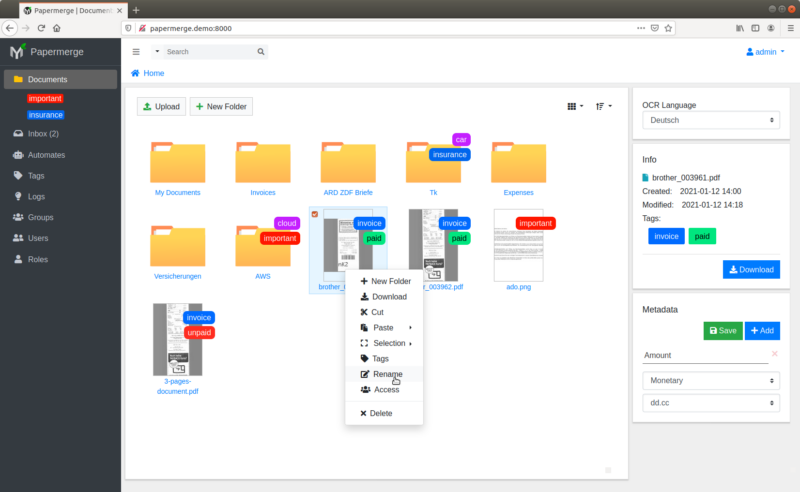
A Document Management System is like your personal digital organizer – it stores, organizes, and manages all your documents in one place. It makes tasks like creating, editing, and sharing docs super easy, boosting your productivity along the way.
Why go for an Open Source DMS, you ask? Well, with open source software, you can tweak and share the code freely. This gives you the freedom to customize the system as you need, without any restrictions. Open source means flexibility, cost-effectiveness, and the chance to be part of the software’s evolution.
Curious about open source Document Management Systems? This article is your gateway! Discover why open source software is a game-changer for businesses, learn what to look for in a DMS, and find out how it can supercharge your document management. Get ready to unleash the potential of open source DMS!
Understanding Document Management Systems
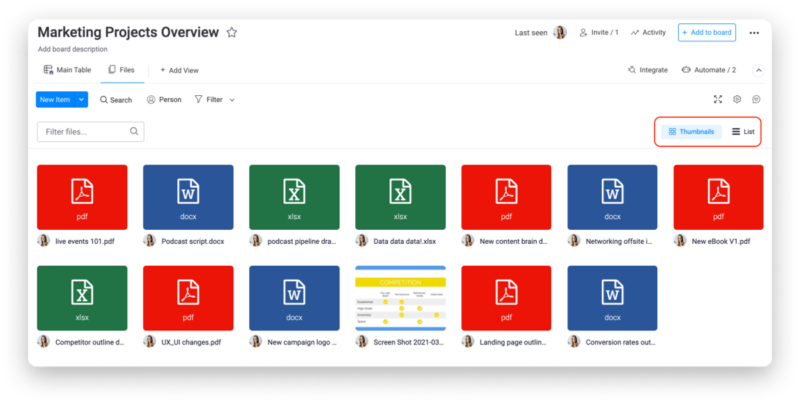
Definition and Purpose of a DMS
A Document Management System (DMS) serves as a centralized hub for all your digital documents and files. It eliminates the need for physical storage and allows you to organize, track, and retrieve documents effortlessly. Whether it’s invoices, contracts, or project reports, a DMS ensures that your important files are securely stored and easily accessible at any time.
Key Features and Functionalities
A robust DMS offers a range of features that streamline your document management processes. These include:
- Document Storage and Organization: With a DMS, you can store documents in a structured manner, categorizing them into folders, subfolders, and tags for easy retrieval. This eliminates the hassle of sifting through piles of paperwork and enables quick access to the information you need.
- Version Control and Document Tracking: Version control allows you to track changes made to a document over time, ensuring that you always have the most up-to-date version. This avoids confusion and minimizes the risk of working on outdated files. Additionally, document tracking provides an audit trail, allowing you to monitor who accessed or modified a document.
- Collaboration and Workflow Management: A DMS facilitates seamless collaboration among team members. It enables simultaneous editing, commenting, and sharing of documents, promoting real-time collaboration and eliminating the need for lengthy email threads. Workflow management features automate document approvals, task assignments, and notifications, enhancing productivity and efficiency.
- Search Functionality and Metadata Tagging: Locating specific documents within a vast repository can be time-consuming. A DMS offers robust search functionality, allowing you to search for documents based on keywords, file types, or metadata tags. This accelerates the retrieval process and saves valuable time.
Benefits of Implementing a DMS
Implementing a DMS brings numerous benefits to your organization, including:
- Improved Efficiency: A DMS streamlines document-related tasks, reducing manual effort and minimizing errors. It optimizes workflows, enabling employees to focus on core activities rather than administrative tasks.
- Enhanced Collaboration: With a DMS, teams can collaborate seamlessly, regardless of their physical location. This fosters teamwork, boosts productivity, and accelerates decision-making processes.
- Cost and Space Savings: By eliminating the need for physical storage and reducing paper usage, a DMS helps you save on storage costs and reduces the environmental impact of your organization.
- Enhanced Security: A DMS provides robust security measures, including access controls, encryption, and document-level permissions. This ensures that sensitive information remains protected and only authorized individuals can access or modify documents.
Understanding the fundamentals of a Document Management System is crucial before diving into the world of open source solutions. In the next section, we’ll explore the advantages of using an open source DMS over proprietary options.
Open Source Document Management Systems
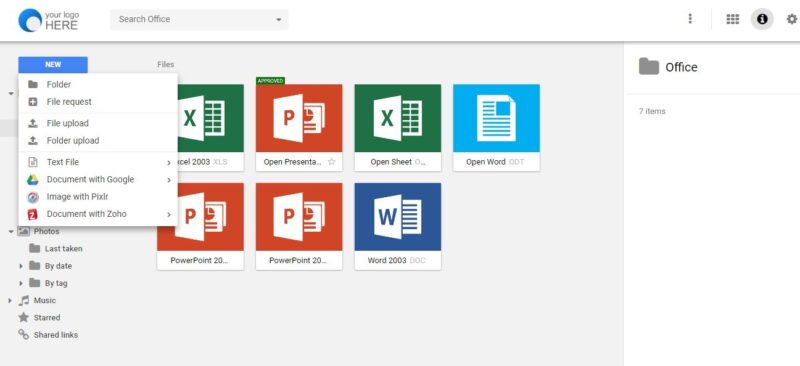
Definition and Advantages of Open Source Software
Open source software refers to software that is freely available, allowing users to access, modify, and distribute the source code. Unlike proprietary software, open source solutions provide transparency, giving users the ability to customize and adapt the software to suit their specific needs. This flexibility empowers businesses to innovate, collaborate, and create tailored solutions that align with their unique document management requirements.
One of the key advantages of open source software is the vibrant community behind it. Developers and users actively contribute to the software’s improvement, ensuring regular updates, bug fixes, and security enhancements. This collaborative environment fosters innovation and drives continuous development, making open source DMS solutions reliable and future-proof.
Benefits of Using an Open Source DMS
Implementing an open source Document Management System comes with a plethora of benefits. Firstly, cost savings. Traditional proprietary DMS solutions often come with hefty license fees and ongoing maintenance costs. With an open source DMS, you eliminate these expenses, as the software is freely available. This makes it an ideal choice for small and medium-sized businesses with limited budgets, enabling them to allocate resources to other critical areas.
Secondly, customization. Open source DMS solutions offer unparalleled customization capabilities. You have the freedom to modify and adapt the software to meet your organization’s specific needs. Whether it’s adding new features, integrating with existing systems, or tailoring the user interface, open source DMS empowers you to create a solution that aligns perfectly with your workflows.
Popular Open Source DMS Options Available
When it comes to open source Document Management Systems, there are several popular options available. One notable solution is OpenKM, a powerful platform that offers advanced document management features, including version control, workflow automation, and document collaboration. Another prominent choice is Alfresco, which provides robust content management functionalities and enterprise-grade security features. Additionally, Nuxeo is a highly customizable open source DMS that focuses on scalability and flexibility, allowing organizations to manage vast amounts of data efficiently.
By leveraging these open source DMS options, businesses can harness the benefits of cost savings, customization, and community-driven development. Choose the solution that best fits your requirements and embark on a transformative document management journey.
Bài viết liên quan:
Factors to Consider when Choosing an Open Source DMS
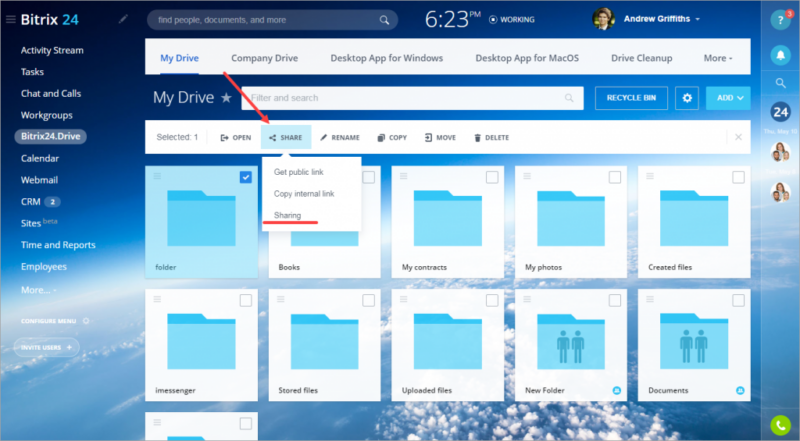
When selecting an open source Document Management System (DMS), it’s crucial to consider various factors to ensure that the chosen solution aligns with your business needs. Let’s explore the key considerations that will help you make an informed decision.
Scalability and Flexibility
One of the primary factors to consider is the scalability and flexibility of the open source DMS. As your business grows, your document management requirements will evolve as well. Ensure that the chosen solution can handle increasing document volumes, multiple users, and expanding storage needs. Look for a DMS that offers scalability options, such as the ability to add more storage capacity or accommodate a growing user base without compromising performance.
Ease of Use and User Interface
A user-friendly interface is essential for seamless adoption and efficient utilization of the DMS. Consider the ease of use and intuitiveness of the user interface when evaluating different open source DMS options. Look for solutions with a clean and intuitive interface that simplifies navigation and document management tasks. A well-designed user interface reduces the learning curve and encourages user adoption, ultimately enhancing productivity.
Security and Access Control
Security is paramount when it comes to managing sensitive documents. Ensure that the open source DMS provides robust security features to protect your confidential data. Look for encryption capabilities, access controls, and user authentication mechanisms. Granular permissions and role-based access control are crucial for ensuring that only authorized individuals can access, edit, and share documents. Additionally, consider features like audit trails and activity logs that allow you to track user actions for enhanced security.
Customization and Integration Capabilities
Every business has unique requirements, and your chosen DMS should accommodate customization and integration with other tools seamlessly. Evaluate the level of customization options available with the open source DMS. Can you tailor the system to match your specific workflows and business processes? Additionally, check if the DMS offers integration capabilities with other essential tools like CRM systems, collaboration platforms, or email clients. Integration ensures a cohesive workflow across different applications, maximizing productivity and efficiency.
By considering these factors when choosing an open source DMS, you can select a solution that caters to your specific needs, offers scalability, ease of use, robust security, and the ability to integrate with your existing software ecosystem. So, take your time, assess your requirements, and choose wisely to streamline your document management processes.
Key Features of a Reliable Open Source DM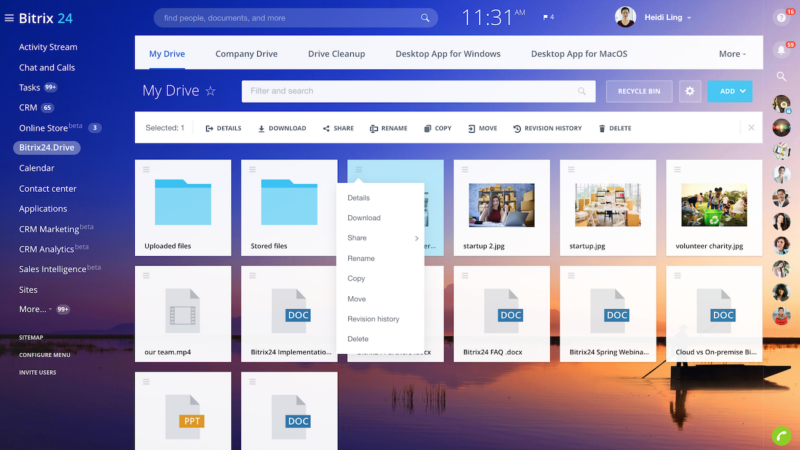
When considering an open source Document Management System (DMS), it’s crucial to evaluate its key features. These features play a vital role in ensuring the system meets your organization’s document management needs. Let’s take a closer look at some essential features you should seek in a reliable open source DMS.
Document Storage and Organization
Efficient document storage and organization are at the core of any DMS. Look for a system that offers a robust and intuitive interface for storing and categorizing your documents. It should allow you to create folders, subfolders, and tags, enabling seamless organization and easy retrieval of files. The ability to assign user-defined metadata to documents further enhances the organization process.
Version Control and Document Tracking
Version control is a crucial feature, particularly in collaborative environments. A reliable open source DMS should provide versioning capabilities, allowing you to track and manage document revisions. This ensures that users always have access to the most up-to-date version, with the ability to revert to previous iterations if necessary. The system should also offer comprehensive audit trails, providing insights into who made changes and when.
Collaboration and Workflow Management
Collaboration is key in today’s fast-paced business environment. Look for a DMS that facilitates seamless collaboration, enabling multiple users to work on the same document simultaneously. Features like real-time editing, commenting, and task assignments enhance teamwork and streamline workflows. Additionally, workflow management capabilities, such as automated approval processes and task tracking, can significantly improve efficiency and productivity.
Search Functionality and Metadata Tagging
A powerful search functionality is essential for quickly locating documents within a vast repository. The open source DMS should provide advanced search options, including full-text search, filters, and customizable search criteria. Metadata tagging is another important feature that allows you to assign keywords and attributes to documents, making them easily searchable and categorized.
By prioritizing these key features when selecting an open source DMS, you can ensure a seamless document management experience that empowers your organization to stay organized, collaborate effectively, and streamline workflows. Remember to assess your specific requirements and choose a solution that best aligns with your business needs.
Conclusion
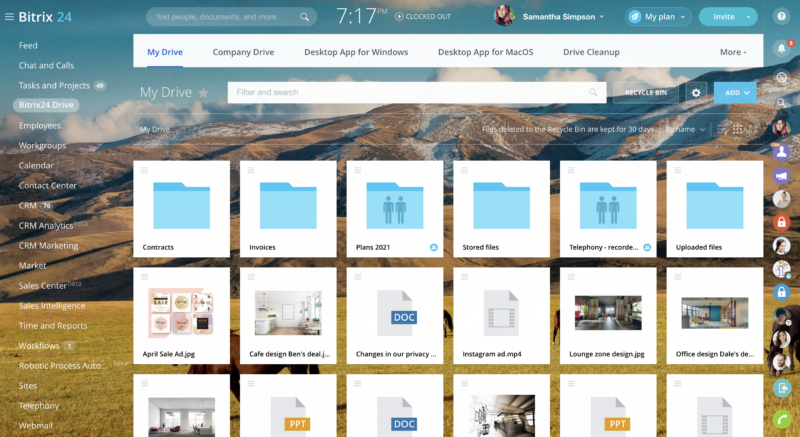
In conclusion, implementing an open source Document Management System (DMS) is a game-changer for businesses seeking efficient and flexible document management solutions. By utilizing open source software, you have the freedom to customize and tailor the system to meet your specific needs, without being restricted by proprietary limitations.
Throughout this article, we have explored the importance of using an open source DMS and the benefits it offers. Open source DMS solutions provide scalability, flexibility, and cost-effectiveness, making them an ideal choice for businesses of all sizes. Furthermore, the ability to access, modify, and distribute the source code empowers you to contribute to the software’s development and stay ahead of the curve.